Foods

Water raw fish
Water raw fish was originally known only among local fishers, but it gradually spread among locals for its refreshing and savory taste and became a local specialty, and naturally, it was called “water raw fish.” It is rich in protein as it has white fish meat, and it is even more delectable as it can satisfy all senses when cooked with various spices.
Gwamegi
Gwamegi is caught in the clean sea area frozen at –10℃ and naturally dried in the air in winter where it is repeatedly frozen and thawed. It had been a high protein source in the palace in the past. It is rich in unsaturated fatty acids, such as, not to mention its great taste.- Contact number : Gwamegi Fishery Association Corporation +82-54-284-1192

Guryongpo Snow Crab
Guryongpo snow crab accounts for most of the snow crabs in Korea. It is caught in the clean sea 200 m~400 m below sea level and is filled with solid white meat.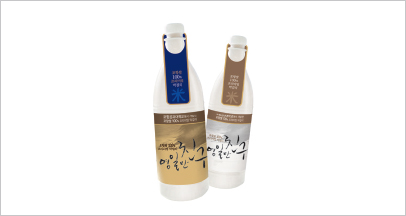
Rice wine, Yeongil Bay’s friend
Agar is added to 100% of the rice wine produced with Pohang rice developed by POSTECH to increase dietary fiber content and improve the gulping taste. It is also great for dieting as agar has almost no calories.- Contact number : +82-54-284-3049, +82-54-247-3686
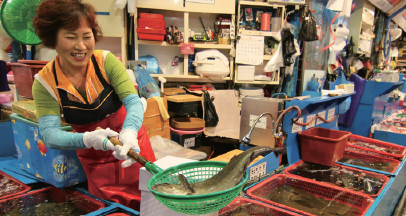
Jukdo Market
One of the exciting things about traveling is the joy of having delicious food. Jukdo Market is the largest marketplace on the East Coast, located 500 m east of the five-way intersection, the central spot of Pohang. Visitors can purchase various dried fishes, agricultural products, and seafood at a reasonable price and taste Pohang’s special products, such as half-dried mackerel pikes, cold raw fish soup, snow crab, and octopus at a low price. The place is concentrated with 200 raw fish restaurants alongside the National Federation of Fisheries Cooperatives’ fish market, so visitors can purchase or enjoy fresh raw fishes from the East Sea all year round, making it the perfect tourist destination.- Contact number : Shopkeepers’ Cooperative +82-54-247-7888
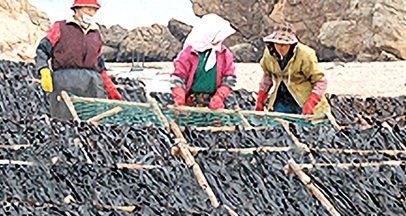
Rock seaweed
East Sea’s seaweed is famous for its narrower and longer leaves than other seaweeds. It also has a rather chewy texture when used in a soup. Growing in natural conditions of deep, clear, and clean sea, which has a very good flow of tidal currents, influenced the seaweeds’ characteristics.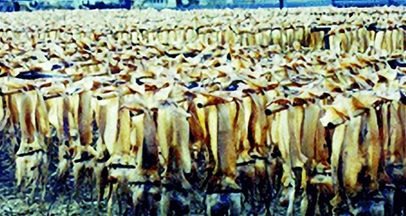
Pidegi (half-dried cuttlefish)
Pidegi is a half-dried (about 70%) cuttlefish from clear and clean sea waters of the East Sea, dried by the fresh ocean wind of the region. It contains an adequate amount of moisture and produces taurine and betaines, resulting in a softer texture and tastier flavor. It also has a unique smell when roasted due to its taurine content.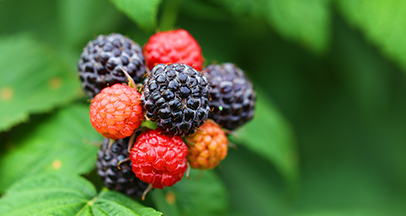
Janggi Bokbunja
Bokbunja (wild berries) is a healthy specialty of Janggi-myeon, Pohang, that helps with kidney functions. It is also good for sexual function, nocturnal enuresis, and diabetes. This product is produced between the end of May and the end of June.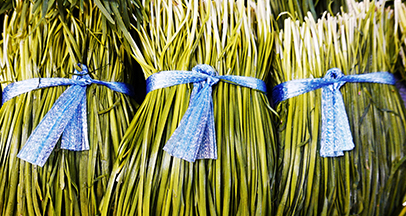
Chunglim leek
Chunglim leek is a popular healthy vegetable for its richness in numerous minerals and iron its wider and thicker leaves and less fiber. It also has a stronger scent than other regions’ leeks. Greener and softer leeks are better for cooking. Remember that when purchasing a leek, one must choose the one with more white stem portions near the root because the more white portions, the better the leek should taste.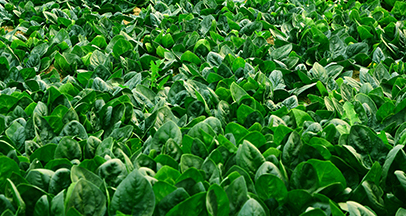
Gokgang Spinach
Cooking spinach is a traditional specialty of the Pohang region. In 1993, the National Agricultural Products Inspection Center awarded Gokgang spinach a certification of quality for the first time in the whole country, leading to it being sold at premium prices locally. This chemical-free spinach possesses higher sugar, vitamin B, and minerals than any other vegetable, giving it a noticeable taste.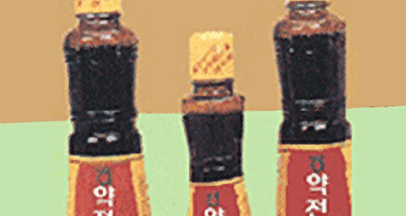
Yakjeon sesame oil
This sesame oil is not too greasy and has a little bit sour aftertaste with a unique scent and flavor. When the bottle is flipped, the sediments do not get stuck at the bottom of the bottle. This sesame oil is produced using the traditional compression method, so it also has a rather thick and savory taste.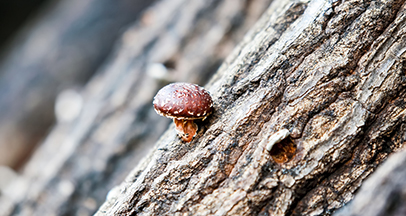
Yeongil Pyogo mushroom
Pyogo mushroom is cultivated in Gigye-myeon, with its clean water and good quality soil. It is a type of mushroom with great taste and high quality, produced by attaching them to the oak trees of Jukjang-myeon.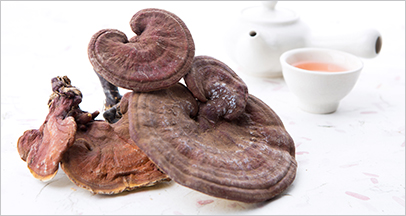
Youngji tea
The name of Youngji mushroom means “produces exquisite effects inside the body.” Youngji tea is brewed from this mushroom mixed with jujube and licorice root, resulting in a healthy tea with a slightly bitter and subdued taste.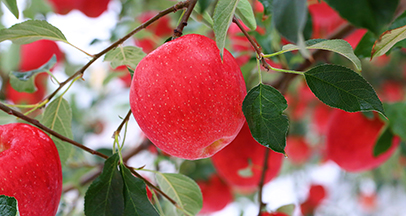
Jukjang Mountain apples
Jukjang Mountain apples are produced in mountainous regions at 300m–600 m above sea level using nearby clean water from Yeongcheon dam. They are grown in surroundings without pollution but with clean air and environment. During ripening, they are exposed to large temperature differences between day and night, leading to firm and juicy pulp with high sugar concentration—or superior quality and better tasting apples.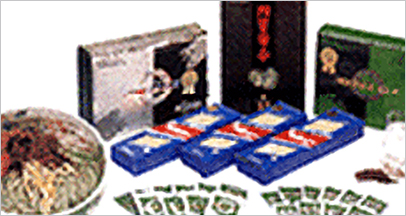
Kale granules
This is produced from ingredients grown from fertilized compost without using agricultural chemicals. High-quality vegetables produced in state-of-the-art facilities using uncontaminated underground water are used in this product. This is why it has such high content in nutrition. In addition, through the development of various modern people’s diverse tastes, it manages to make our ordering process more pleasurable.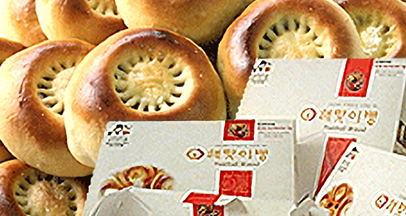
Pohang Haemaji (sunrise) bread
This is a well-known bread from Pohang baked from hand-shaped dough. It is also the officially designated food for the new millennium Homigot Haemaji (sunrise) festival. When it has just been taken out of the oven on the griddle after baking, its outer skin is crisp, just like a biscuit, and it does not stick to one’s hands that easily as it was baked using perfect temperature and dough. As time passes, it gets more moist, leading to a softer texture, and the true, unique profound flavor of this bread, which one cannot encounter while it is too warm, can be experienced at this point. It can also be stored frozen and consumed frozen just like ice cream. Finally, despite the absence of preservatives, it manages long expiry dates, allowing a longer time to enjoy this wonderful and unique Haemaji bread.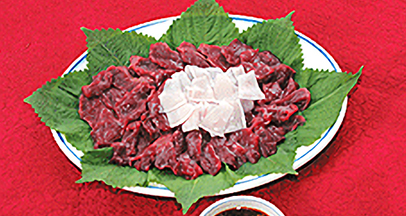
Raw whale meat
Whale meat has varying tastes depending on which part of the whale. Since 1986, whaling has been banned to protect extinction-threatened whales, closing many restaurants specializing in whale meat, except very few ones. Whale meat has distinct colors and flavors—some even claim that it has 12 different flavors. It is oilier than tuna, but unlike raw fish, it has an outstanding taste of beef and high-quality fish combined. The scent of boiled or roasted whale meat is stronger than raw meat; hence, first-timers to whale meat are encouraged to eat fresh raw whale meat mixed with seasonings, such as sesame oil and pear, just as they would with raw beef.